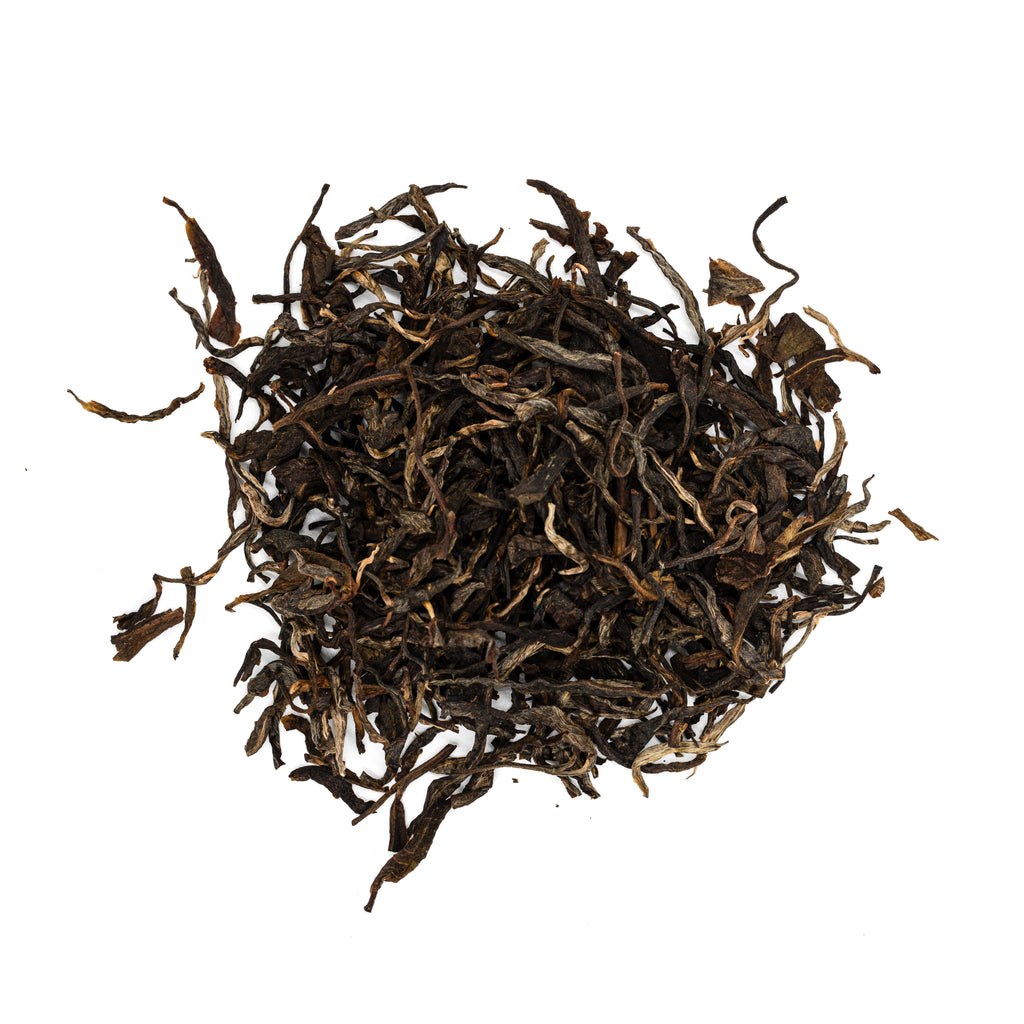Puer Cha

Puer Cha (普洱茶)
Puer Cha is a category of tea that originates from Yunnan province.
Name
- 普洱 (pronounced Pu Er in Mandarin): refers to the historic town known today as Ninger, which was a hub for the trade and distribution of Yunnan tea.
- 茶 (pronounced Cha in Mandarin): means tea.
Types
- Sheng Puer
- Shu Puer
Historical
Minority groups in and near Yunnan have been producing tea since at least the Tang Dynasty, during which it began its journey along the Tea Horse Roads. To facilitate easier trade, producers compressed their tea leaves into shapes like cakes, bricks, and small tuos. This made transportation more efficient; compressed tea occupies less space and is more durable than loose leaves. The compressed tea was then packed onto mules and horses, making it easier to transport from Yunnan to Tibet and Sichuan.
During the Qing Dynasty, the imperial system established six growing regions, Yiwu, Yibang, Manzhuan, Gedeng, Mangzhi, and Youle —known as the Six Great Tea Mountains — as the primary producers of tribute tea for the imperial courts. These areas sent their leaves to Puer Prefecture for selection and processing before journeying eastward. Even today, these areas produce highly sought-after teas.
The movement along the Tea Horse Road is responsible for the flavors that we seek out in modern aged and shu puer. As traders moved from Yunnan to different outposts, the compressed tea was exposed to the elements. Warmed by the sun and battered by the rain, a kind of accidental fermentation occurred during the journey. Today, when we wet-pile leaves or attempt to control their aging through various styles of storage, we are participating in a tradition that was (inadvertently) developed on the Tea Horse Road.
Modern
In the modern era, the story of tea synonymous with the story of Puer.
The 20th century saw the establishment of several major tea factories in Yunnan, starting with the Menghai Tea Factory in 1940, followed by Kunming and Xiaguan. In 1973, Kunming developed the Wo Dui (Wet Piling) technique, a process that accelerates the fermentation of tea leaves to produce Shu Puer. While this method was designed to mimic the natural aging process of Sheng Pu’er, it is generally agreed that the results cannot be compared.
Because the natural aging process cannot be convincingly faked or sped up, storage methods have become an obsessive focus for collectors. Dry Storage is favored to maintain tea purity and prevent harmful bacterial growth, while Wet Storage — though accelerating fermentation — can compromise quality. Most large-scale collectors view their stock as investments; for them, proper storage is crucial. In the early 2000s, rampant speculation inflated a Puer bubble— with cakes that were perhaps bought for $150 seeing their prices soar to as high as $150,000.
Today, while speculation still exists and drives up prices, there is less emphasis on Pu’er as a pure investment. Drinkers who simply want a great drink are returning to smaller producers, exploring less famous regions, or switching to drinking Liu Bao. Despite it's newfound fame as a speculative commodity, true lovers of tea know that its value comes not from the price it will be worth decades from now, but from the rich experience of the tea itself.
